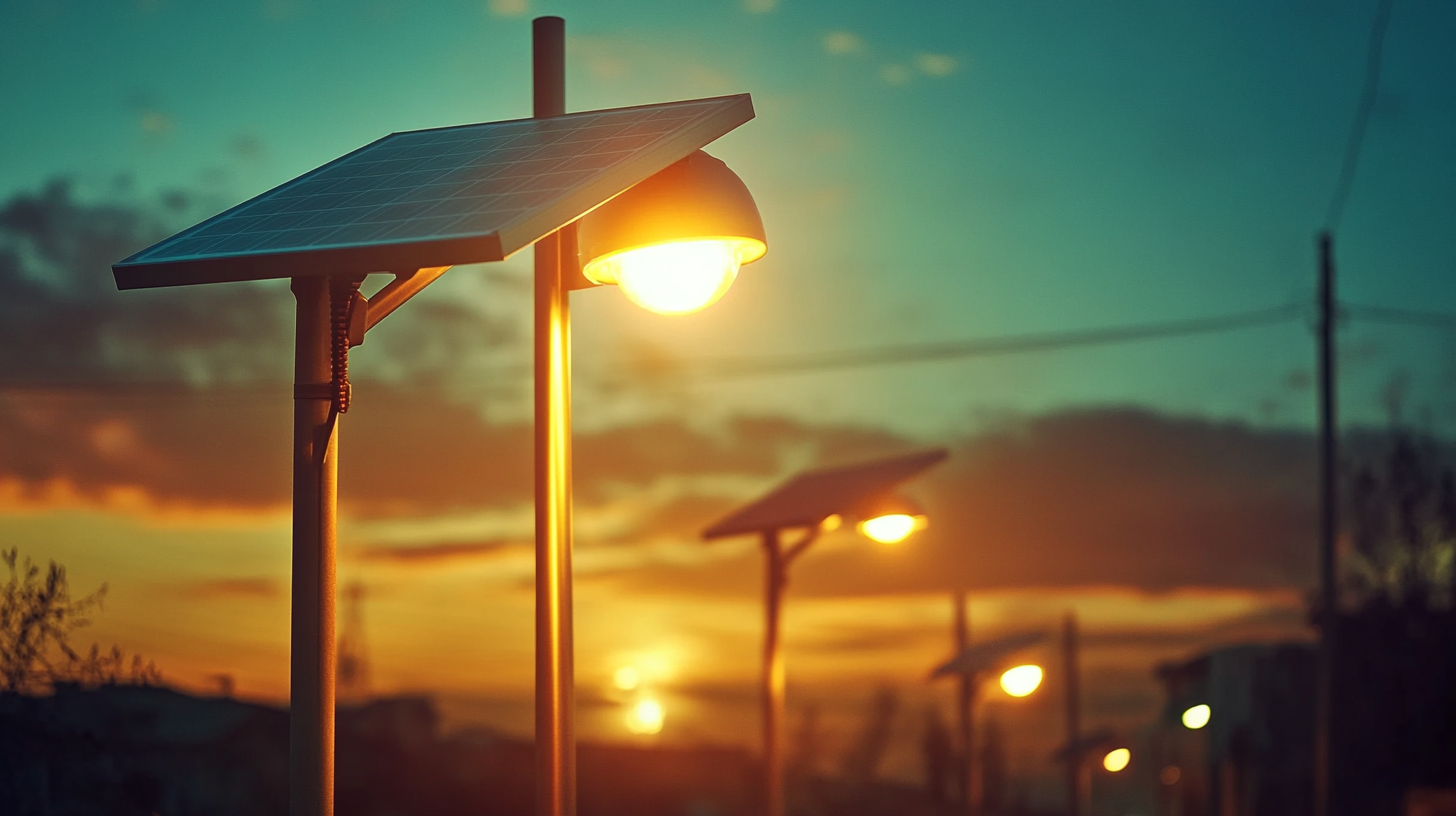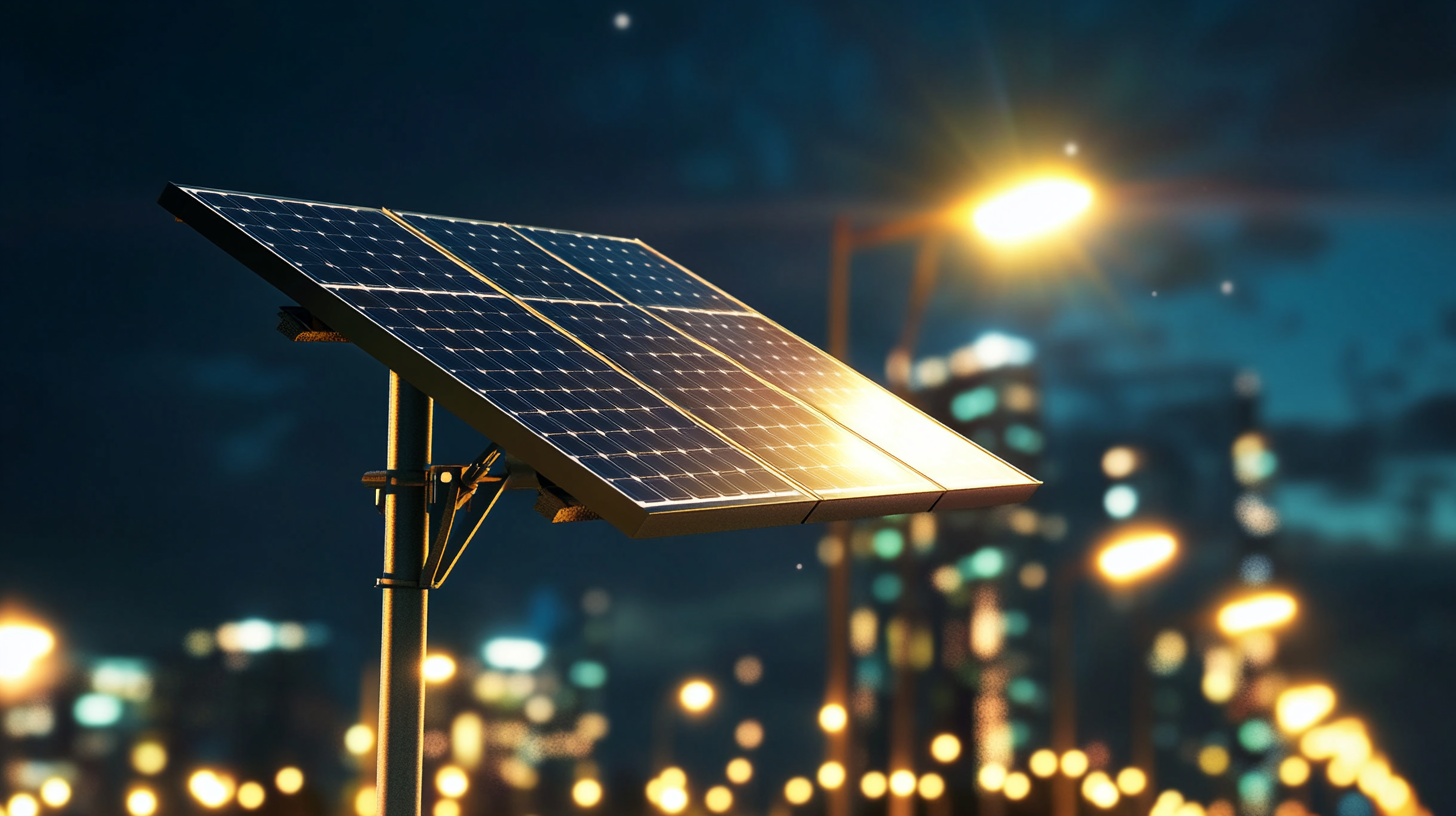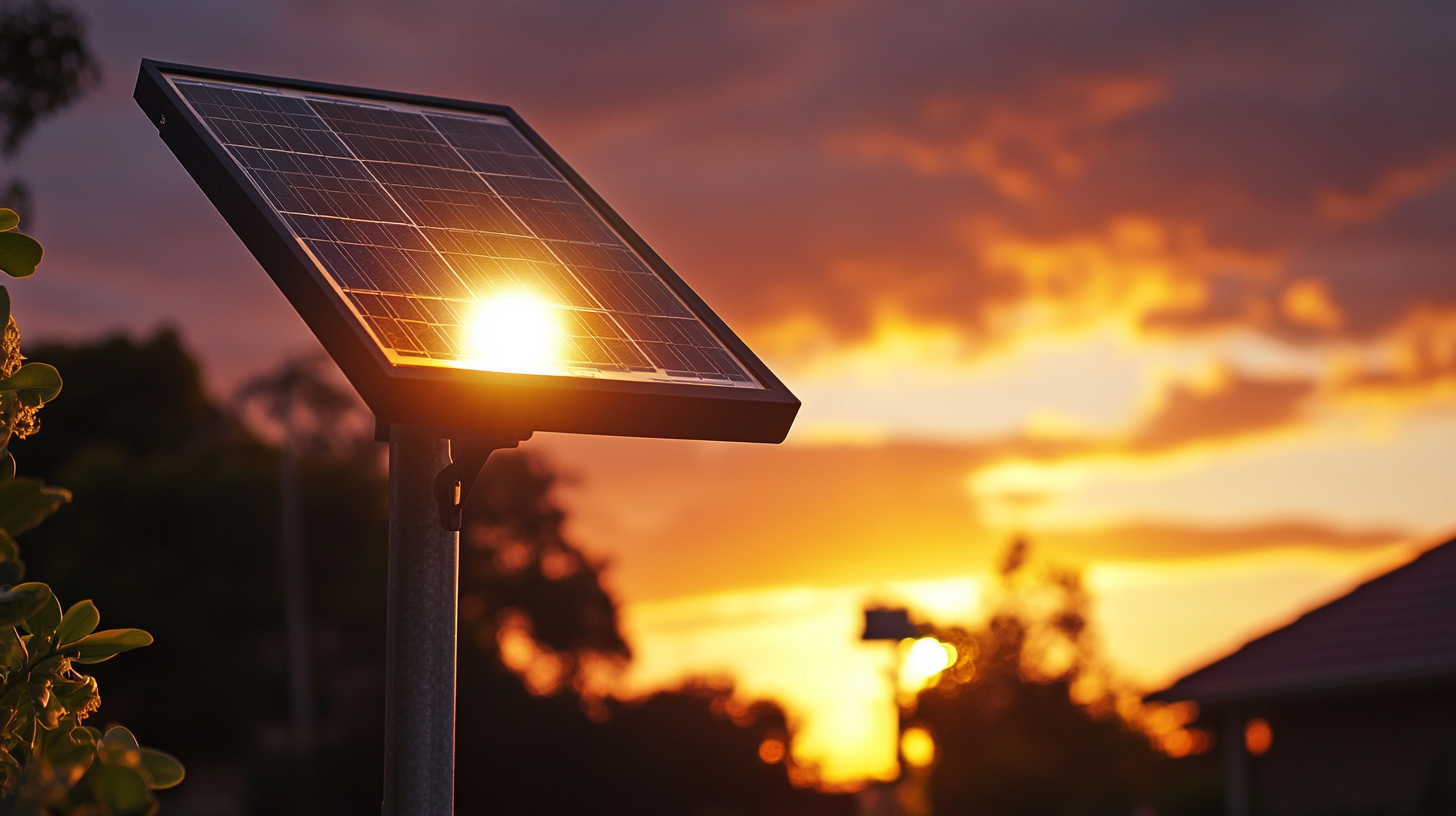Exploring the Advanced Specifications of Solar Powered Lights: A Global Perspective
As the world continues to seek sustainable energy solutions, solar powered lights have emerged as a prominent innovation that combines functionality with environmental benefits. These lights harness the abundant energy from the sun, providing a sustainable alternative to traditional lighting systems. The advancements in technology have significantly enhanced their efficiency, longevity, and versatility, making them an appealing option for both residential and commercial applications. From urban streets to rural pathways, the impact of solar powered lights is being felt globally, illuminating spaces while reducing carbon footprints.
In this blog, we will delve into the advanced specifications of solar powered lights, examining the various features that set them apart in the marketplace. We will explore the technological innovations behind their design, including smart lighting solutions, battery storage advancements, and efficiency improvements. By taking a global perspective, we will also highlight case studies from different countries where solar powered lights have been successfully integrated, showcasing their role in promoting sustainability, enhancing safety, and fostering community connectivity. Join us on this journey as we explore the shining future of solar powered lights.

The Rise of Solar Powered Lights: Trends and Innovations Worldwide
The past decade has witnessed a remarkable shift towards the adoption of solar-powered lights, driven by the growing awareness of renewable energy sources and sustainability. According to a report by Fortune Business Insights, the global solar lighting market is projected to reach USD 8.3 billion by 2026, growing at a compound annual growth rate (CAGR) of 24.6% from 2019 to 2026. This surge is largely attributed to increasing energy costs, the need for environmentally friendly lighting solutions, and advancements in solar technology that enhance efficiency and reduce costs. Innovations in solar lighting have made these products more accessible and effective. For instance, smart solar lights equipped with LED technology and IoT capabilities are becoming increasingly prevalent. A study by ResearchAndMarkets reveals that these advanced solar lights not only provide significant energy savings—reducing energy costs by up to 80%—but also offer features such as remote control and real-time monitoring. Countries around the globe, from the United States to emerging markets in Africa and Asia, are leveraging these advancements to address energy deficits and improve public safety through better street lighting solutions. Additionally, the trend towards off-grid solar solutions is being accelerated by the drive for energy independence. The International Renewable Energy Agency (IRENA) highlights that over 900 million people worldwide still lack access to reliable electricity. Solar-powered lights provide a viable alternative, particularly in rural and underserved areas. As governments and organizations push for increased energy access, the role of solar lighting as a sustainable and innovative solution will likely continue to expand, fostering a global shift towards cleaner energy practices.

Key Technical Features of Modern Solar Powered Lighting Systems
Modern solar-powered lighting systems have evolved significantly, incorporating advanced specifications that enhance their efficiency and functionality. One of the key technical features is the integration of high-efficiency solar panels. These panels are designed to capture sunlight more effectively, converting it into energy even in low-light conditions. The improved photovoltaic technology not only increases energy conversion rates but also extends the operational time of the lights, allowing them to illuminate spaces longer into the night.
Another critical aspect is the use of smart technology, which has transformed solar lighting systems into intelligent solutions. Many modern systems now incorporate motion sensors and dimming capabilities, allowing them to adjust brightness based on detected movement or surrounding ambient light. This feature not only conserves energy but also ensures maximized safety in public and private spaces. Additionally, some units are equipped with remote monitoring and control functionalities, giving users the ability to manage and customize their lighting setup through mobile applications.
Furthermore, the durability and design of these systems have seen substantial improvements. Advanced materials and weather-resistant features ensure that solar lights can withstand various environmental conditions, from extreme heat to heavy rain. Many manufacturers are also focusing on aesthetic designs that blend seamlessly with urban landscapes or outdoor settings, making solar lights an appealing choice for both residential and commercial applications. This combination of efficiency, intelligence, and durability showcases the remarkable progress in the field of solar-powered lighting.

Comparative Analysis: Solar Powered Lights vs. Traditional Lighting Solutions
In the ongoing quest for sustainable and energy-efficient solutions, solar powered lights have emerged as a compelling alternative to traditional lighting options. A comparative analysis reveals significant differences that highlight the advantages of solar technology. Unlike conventional lighting, which relies on electricity generated from fossil fuels, solar powered lights harness energy from the sun, significantly reducing carbon footprints and operating costs. This fundamental distinction not only impacts environmental sustainability but also offers economic benefits in regions where access to reliable electrical infrastructure is limited.
Moreover, solar powered lights often come equipped with advanced specifications such as motion sensors and automatic dusk-to-dawn functionality. These features enhance convenience and security in residential and commercial settings. Traditional lighting systems, by contrast, may lack such adaptability and often require manual operation or costly timers. The durability of solar fixtures, designed to withstand various weather conditions, further underscores their practicality compared to traditional bulbs which may demand frequent replacements and maintenance due to wear and tear.
The growing global interest in renewable energy has also spurred innovations in solar technology, making these lights increasingly efficient and affordable. Advances in battery storage mean that solar powered lights can perform exceptionally well even on cloudy days, bridging the functionality gap that previously favored traditional options. This evolution indicates a clear trajectory towards a future where solar lights could dominate the market, driven not only by environmental necessity but also by the practicalities of modern living.

Environmental Impact and Sustainability of Solar Lighting Solutions
The COVID-19 pandemic has significantly hindered the progress towards achieving universal energy access by 2030, as highlighted by a recent United Nations-supported report. This setback has placed a spotlight on the urgent need for sustainable energy solutions, particularly solar-powered lighting. With more communities grappling with energy shortages, solar lights present an innovative answer that combines accessibility with environmental responsibility.
Solar lighting solutions not only provide a sustainable energy supply but also minimize the environmental impact typically associated with fossil fuels. By harnessing the sun's energy, these systems reduce greenhouse gas emissions and reliance on non-renewable resources. As nations around the world strive to recover from pandemic-related setbacks, investing in solar technology can lead to both immediate benefits and long-lasting environmental sustainability.
Moreover, the ongoing implications of geopolitical conflicts, such as the war in Ukraine, further compound the issues surrounding energy access. These disruptions highlight the fragility of traditional energy supply chains and the pressing need for resilient alternatives. Solar-powered lights can empower communities in remote areas while ensuring that environmental sustainability remains a top priority, aligning with global efforts to transition towards greener energy solutions.
Market Insights: Global Adoption Rates and Future Projections for Solar Lights
The global solar outdoor lighting market is poised for significant growth, with projections estimating an increase from $37.17 billion in 2025 to $52.95 billion by 2032. This represents a robust compound annual growth rate (CAGR) of 5.18% during the forecast period. The shift towards solar-powered solutions reflects a broader trend of sustainable energy adoption and a commitment to reducing reliance on traditional power sources.
As governments and businesses worldwide embrace renewable energy technologies, solar lights have become a key player in outdoor illumination. Their applications range from street lighting to garden fixtures, catering to diverse geographical and environmental needs. Various regions are witnessing a surge in solar installation projects, bolstered by policy incentives and growing awareness of climate change impacts. The emerging trends indicate that consumers are increasingly opting for eco-friendly alternatives, resulting in higher penetration rates of solar lighting solutions in both urban and rural settings.
Looking ahead, the market for solar outdoor lighting systems is expected to evolve further, driven by advances in technology and decreasing costs. Innovations in battery storage, LED efficiency, and system integration are set to enhance the performance of solar lights, making them more appealing to a broader audience. As projections indicate a steady increase in adoption rates, solar-powered lights are positioned to illuminate the path toward a greener future, substantiating their role as essential components in global public infrastructure development.
